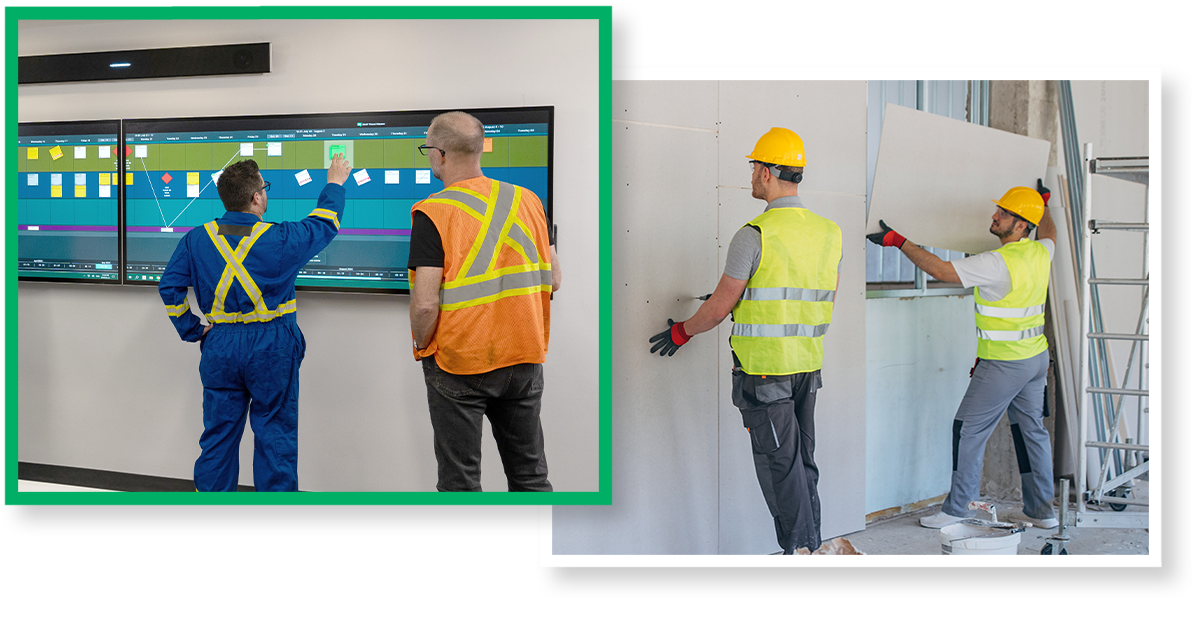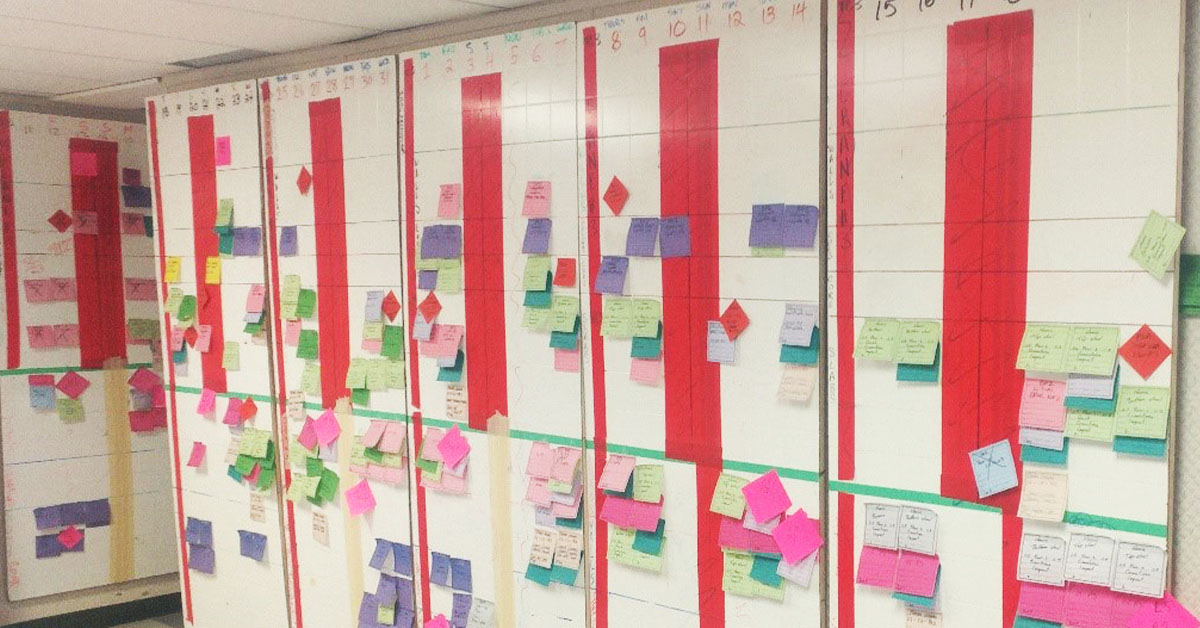The top 20 voices in construction you should follow on LinkedIn
The construction industry is constantly evolving, and forward-thinking industry leaders and experts are sharing insights into new and emerging...
2 min read
Nialli
:
Jun 27, 2024 6:00:00 AM

In construction, things move fast. That’s why it’s so important to create pathways for project excellence. Lean construction practices support teams looking to maximize efficiency with an emphasis on waste reduction, continuous improvement and respect for team members.
Implementing lean ideology is helpful, but without proper goal setting it’s hard to determine whether you’re on track for hitting your targets and milestones. Among the tools used in lean construction practices is Percent Plan Complete (PPC), a metric that serves as a gauge to measure project progression.
Let’s explore the 5 key principles of PPC to demonstrate how teams using this metric can effectively support lean construction practices. Benefits include promoting sustainability and achieving better project outcomes.
At its core, PPC is a quantifiable number that demonstrates project progression. It provides a clear snapshot of how well a project is tracking against its intended schedule and goals. Monitoring commitment progress and handoff creates a pathway for efficiencies.
Reporting on PPC regularly provides the site team with an overview of the direct correlation between outlined targets and variances. Spotting trends early provides critical information for planning and production control. Regardless of whether you’re planning digitally or in an analog form, benchmarking is critical.
PPC is more than just a metric. It’s a way for a team to frame their mindset on how the site chooses to operate and function. Integrating PPC into project management practices nurtures a level of transparency, accountability and collaboration.
When pull planning involves the input of the site supervisor and trades, everyone on the team can collectively commit to their targets. Through collaborative planning and scheduling, planning teams can set realistic milestones and goals. Working collaboratively builds trust, making the project environment easier to navigate.
PPC isn’t just a vanity metric. Instead, we see its value as a catalyst for conversations to support continuous improvement. In lean practice, continuous improvement is a strategic methodology that emphasizes reducing waste through proper planning and collaboration.
By analyzing PPC data, construction teams can identify inefficiencies, bottlenecks and areas for optimization. This data-driven approach empowers teams to make informed decisions, driving continuous improvement throughout the project life cycle.
The data-driven approach of PPC helps teams get to the root cause that is often the underpinning of project obstacles and delays. Understanding the actual problem rather than perceived issues can provide optimal solutions to bridge the gap when variances occur.
Experienced site superintendents along with their project managers can action support or find ways to overcome challenges once they’ve identified the root cause. The PPC highlights the variance.
And finally, benefiting from the PPC practice requires some diligence in marking the status of activity tags: confirming done or not done and stating a reason for variance.
The weekly practice of marking the status of activities is an important step in the Last Planner® System cycle — the learning phase. Did each team member do what they said they would do, and do they need to make an adjustment?
This commitment to completely providing status updates on activities in a weekly cadence sharpens the focus on detailed deliverables. It also ensures that the perspective on the project’s progress is reliably and accurately understood.
As construction technology continues to evolve and transform industry, teams practicing lean principles will find ways to use new tools and analyze the data to help them achieve greater efficiencies and productivity.
At the heart of these practices lies Percent Plan Complete, a powerful metric that serves as a gauge for project progress. Implementation of PPC will change the site culture — shifting the mindset to create acceptance for transparency and accountability.
Under this direction, teams will forge a pathway to a productive work environment while laying the foundation for a high-performing team to emerge.
Learn more about the Nialli™ Visual Planner cloud-based software and how it will help you digitize your pull planning sticky notes, track your team’s progress and easily report on your project’s Percent Plan Complete.

The construction industry is constantly evolving, and forward-thinking industry leaders and experts are sharing insights into new and emerging...
.png)
Planning sessions with site teams are crucial for setting the foundation of any project. Hosting your first digital planning session with Nialli™...

Having a plan everyone on the jobsite can understand is a critical ingredient for project success. But even with modern tools, many teams find...

When I walk into a construction jobsite trailer or a planning Big Room, I see laptops, tablets, smartphones, large wall displays and … STICKY NOTES! ...

There’s a perception in the construction industry that Lean methods are only meant for megaprojects and ENR 400 contractors. That is, going Lean is a...

In the days before smartphones, location trackers and helicopter parenting, children experienced a freedom that allowed them to explore and create...